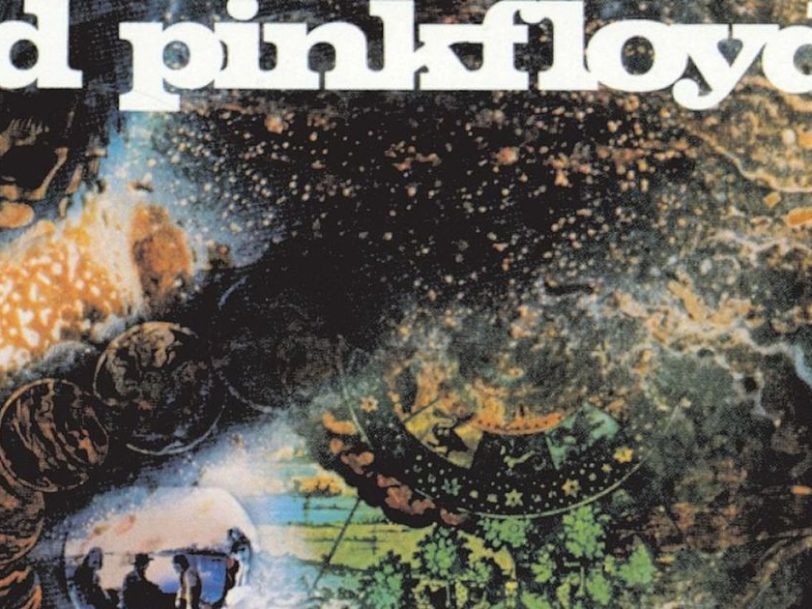Released on 29 June 1968, Pink Floyd’s second album, A Saucerful Of Secrets, continued the group’s journey into the uncharted reaches of experimental rock and cemented their status as pioneers of the genre. Featuring a mesmerising blend of psychedelic soundscapes, haunting vocals and oddball instrumentation, the album built upon the success of their debut, 1967’s The Piper At The Gates Of Dawn, by exploring the band’s otherworldly musical impulses and expounding upon their musical vision.
Marking a significant turning point for the group, A Saucerful Of Secrets also saw the arrival of new guitarist and vocalist David Gilmour, as well as the departure of founding member Syd Barrett, who left the band halfway through recording sessions at De Lane Lea Studios, London. With bassist Roger Waters and keyboardist Rick Wright contributing more material of their own, Pink Floyd cohered as a collective entity, paving the way for the rise of progressive rock. While Barrett’s influence can still be felt on A Saucerful Of Secrets, the combined efforts of Roger Waters, David Gilmour, Rick Wright and drummer Nick Mason would define Pink Floyd’s sound for years to come.
Listen to ‘A Saucerful Of Secrets’ here.
‘A Saucerful Of Secrets’ Track-By-Track: A Guide To Every Song On The Album
Let There Be More Light
A classic example of Pink Floyd’s early psychedelic period, Let There Be More Light takes inspiration from works of science fiction to imagine an alien spacecraft landing at a Royal Air Force base near Mildenhall, in Suffolk. With lyrics alluding to the John Carter Of Mars book series, by Edgar Rice Burroughs, the song kicks off with a propulsive Rickenbacker bass riff from Roger Waters and a relentless ride cymbal from Nick Mason, perfectly capturing the wide-eyed awe of UFO fanatics everywhere.
While describing the spaceship’s arrival and the reactions of military personnel, the lyrics even feature a playful psych-pop nod to The Beatles (“The service men were heard to sigh/For there revealed in glowing robes was Lucy in the sky”). As the song unfurls, courtesy of Rick Wright’s churning Hammond organ riff, it builds to a climax with David Gilmour’s first-ever guitar solo on record as a member of Pink Floyd. A fascinating and intriguing song that showcases the group’s willingness to break with convention, Let There Be More Light’s dizzying combination of sci-fi-inspired lyrics and unearthly music makes it a standout track from Pink Floyd’s early years.




